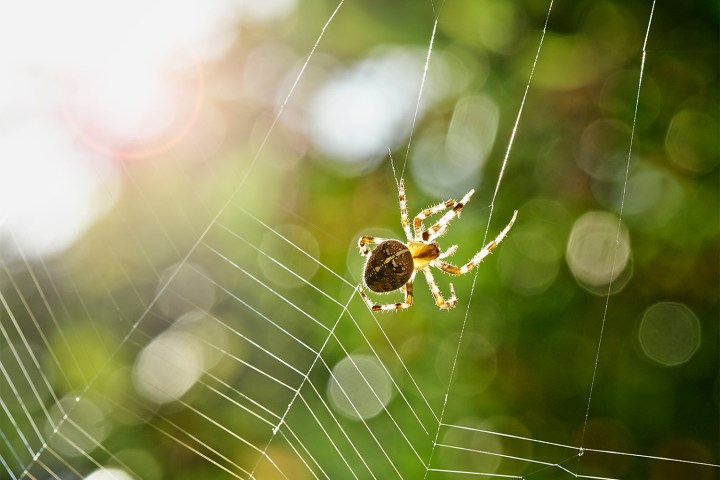
As materials go, spider silk is pretty darn interesting. With its combination of tensile strength, toughness, and ductility, it’s one of nature’s most impressive inventions. It’s incredibly versatile, too. We might be used to spider silk being employed by, well, spiders to trap prey, line nests, or create alarm lines, but there are plenty of applications in the human-sized world, too. These include lightweight bulletproof shields, ultrathin medical sutures, high-strength safety belts, and plenty more.
Unfortunately, there’s a problem. Spider silk isn’t easy to farm and, while spiders produce impressive quantities of it relative to their size, that’s still a tiny amount in our terms. It’s not easy to set up spider farms to farm it in bulk either. That’s because some species of spider can turn cannibalistic when they’re kept in groups. As a result, many scientists and other researchers are left positing the amazing potential uses of spider silk, but with few practical ways of putting these into action. Other attempts to try and produce spider silk minus the spiders (using everything from yeast to goats) have been unable to match the spectacular qualities of the real thing. Where’s Spider-Man when you need him?
Fortunately, things may be changing. Researchers from Washington University in St. Louis have demonstrated a new way to create spider silk in the lab — in a way that could prove to be highly reproducible. Their work was presented this week at the American Chemical Society (ACS) Spring 2019 National Meeting & Exposition.

“We created synthetic spider silk by optimizing a synthetic DNA sequence to encode a high molecular weight spider silk protein and engineering bacteria to facilitate its overproduction,” Fuzhong Zhang, lead researcher on the project, told Digital Trends.
It sounds (and is) fairly complex, but it could also be a game changer. The team essentially figured out how to genetically edit bacteria to create super-strong spider silk. This involved dividing spider silk genes into smaller pieces, which were then reassembled after being integrated into a bacterial genome. The resulting microbially produced spider silk matched the properties of natural spider silk in everything from its stronger-than-steel strength to its stretchability. So far, the researchers have been able to use the technique to obtain up to 2 grams of silk per liter of bacterial culture. They hope to increase this yield in the future.
“The next step is to make the bioproduction process more scalable and more economically competitive,” Zhang said.
Should all go according to plan, NASA is hoping that spider silk could turn out to be a useful material to have on missions.


